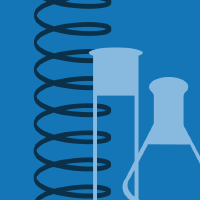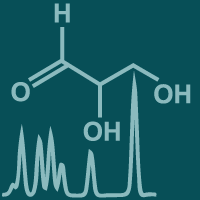Topic Menu
► Topic MenuTopic Editors



Advances in Separation Methods for Metabolomics and Lipidomics
Topic Information
Dear Colleagues,
The increasing need for novel analytical approaches with higher selectivity, speed and coverage is of utmost importance in metabolomics and lipidomics. The ability to quantify and identify different metabolites and lipids in biospecimes, such as biofluids, tissues and lysates, is crucial for prognostics and diagnostics purposes, and furthermore, high-throughput techniques in the clinical setting are highly desirable. This Topic will be focused on the development, validation and application of original methodologies based on hyphenated methods, such as UHPLC-MS, GC-MS, CE-MS, aimed at the qualitative–quantitative analysis of metabolites and lipids in complex matrices such as cells, plasma, serum, urine and tissue homogenates. Particular attention will be given to method optimization, validation, identification and quantitation of the profiled metabolites and lipids.
Dr. Eduardo Sommella
Dr. Giulia Mazzoccanti
Dr. Emanuela Salviati
Topic Editors
Keywords
- instrumental methods
- metabolites
- method validation
- identification
- quantitation
- chromatography (LC and GC)
- electrophoresis mass spectrometry (HRMS and MS/MS)
Participating Journals
| Journal Name | Impact Factor | CiteScore | Launched Year | First Decision (median) | APC | |
|---|---|---|---|---|---|---|

Analytica
|
- | - | 2020 | 15.6 Days | CHF 1000 | Submit |

Biomolecules
|
5.5 | 8.3 | 2011 | 16.9 Days | CHF 2700 | Submit |

Metabolites
|
4.1 | 5.3 | 2011 | 13.2 Days | CHF 2700 | Submit |

Molecules
|
4.6 | 6.7 | 1996 | 14.6 Days | CHF 2700 | Submit |

Separations
|
2.6 | 2.5 | 2014 | 13.6 Days | CHF 2600 | Submit |

MDPI Topics is cooperating with Preprints.org and has built a direct connection between MDPI journals and Preprints.org. Authors are encouraged to enjoy the benefits by posting a preprint at Preprints.org prior to publication:
- Immediately share your ideas ahead of publication and establish your research priority;
- Protect your idea from being stolen with this time-stamped preprint article;
- Enhance the exposure and impact of your research;
- Receive feedback from your peers in advance;
- Have it indexed in Web of Science (Preprint Citation Index), Google Scholar, Crossref, SHARE, PrePubMed, Scilit and Europe PMC.

